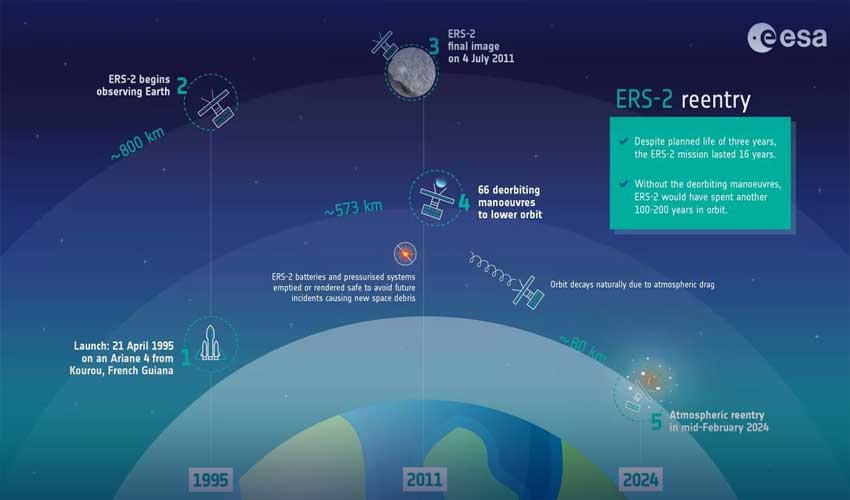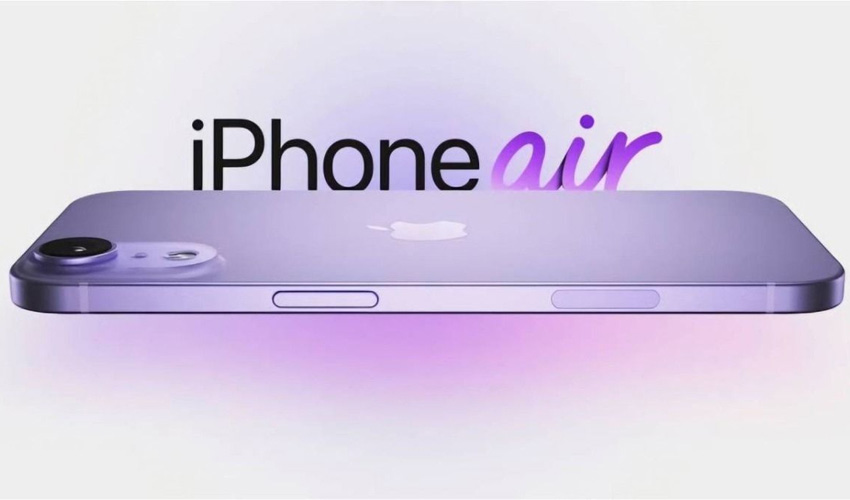A dead satellite will come back to Earth next week, and scientists admit they have no idea where it will land, which is worrying.
According to NASA, there is a one-in-2,500 chance it may land on someone's head. The ESA (European Space Agency) anticipates that the object, known as the European Remote Sensing 2 satellite (ERS-2), will re-enter the atmosphere at 2:34am on Wednesday (February 21).
However, their crash prediction has a 31-hour margin of error on both sides. The ESA describes the ERS-2 reentry as 'natural' because it is no longer possible to manage the satellite.
The only factor causing the ERS-2 orbit to degrade is atmospheric drag, which is impacted by unpredictable solar activity.
ESA say: "While we can forecast the reentry to within a few days, it is not possible to predict exactly when and where the satellite will re-enter prior to its final few orbits. As we approach the day of reentry, we will be able to predict a time and location with increasing certainty. During reentry, the satellite will break up into pieces, the majority of which will burn up. The risks associated with satellite reentries are very low."

ERS-2, which launched in April 1995, was the most advanced Earth observation spacecraft yet created in Europe.
It, along with the almost identical ERS-1, gathered a lot of useful data about Earth's land surfaces, oceans, and polar caps, as well as being tasked with monitoring natural disasters such as catastrophic flooding or earthquakes in remote areas.
ESA decided to stop the project in 2011, about 16 years after it began. A series of deorbiting movements were performed to reduce the satellite's average altitude and reduce the chance of collision with other spacecraft or space debris.
Thirteen years later, the satellite is re-entering Earth's lower atmosphere, where it will start to burn up. Because the spacecraft's return is uncontrolled, it is impossible to predict exactly when and over which portion of Earth this will occur.
The ESA's Space Debris Office is monitoring the satellite's orbital degradation and will provide frequent updates in the days coming up to reentry.
They said: “The ERS-2 satellite, together with its predecessor ERS-1, changed our view of the world in which we live,” says Mirko Albani, Head of ESA’s Heritage Space Program. It provided us with new insights on our planet, the chemistry of our atmosphere, the behavior of our oceans, and the effects of humankind’s activity on our environment.”


























